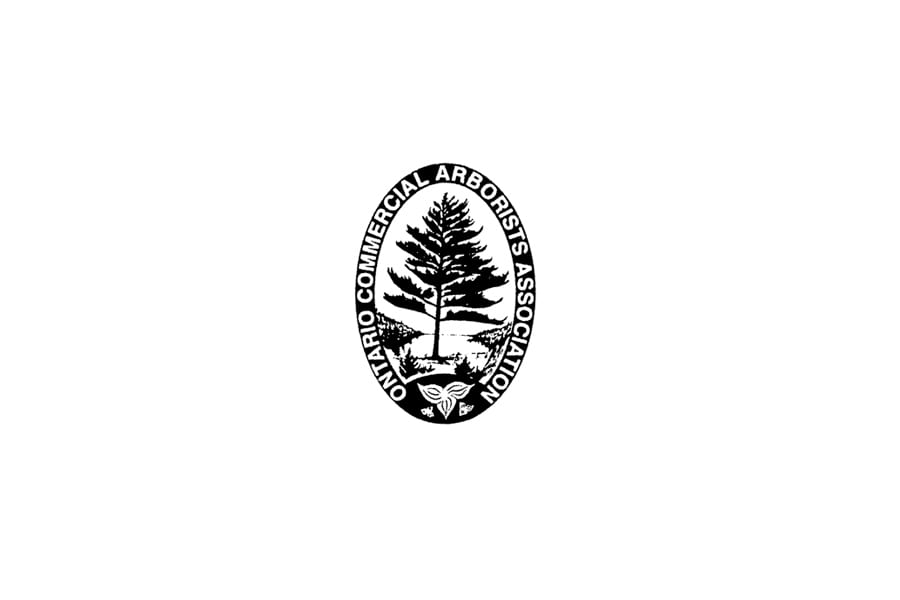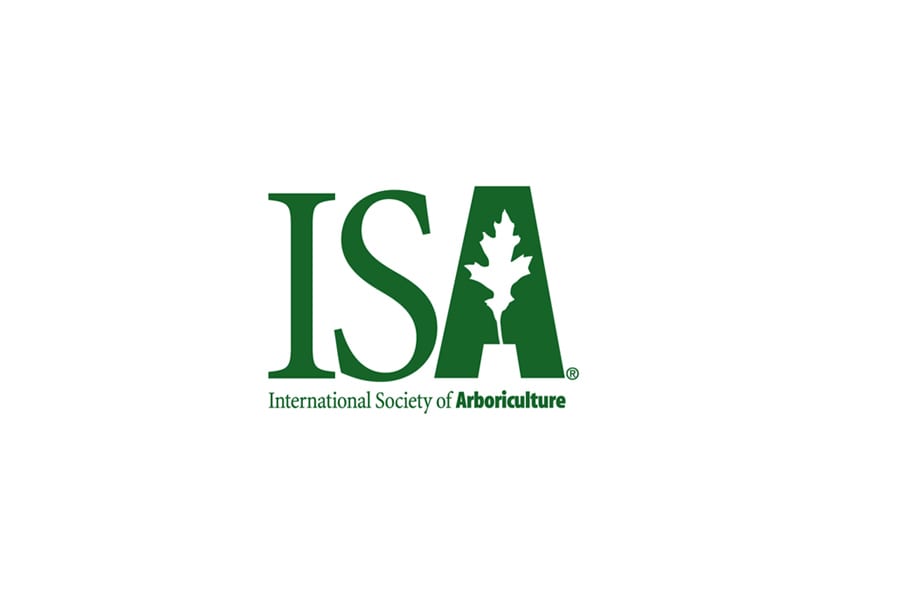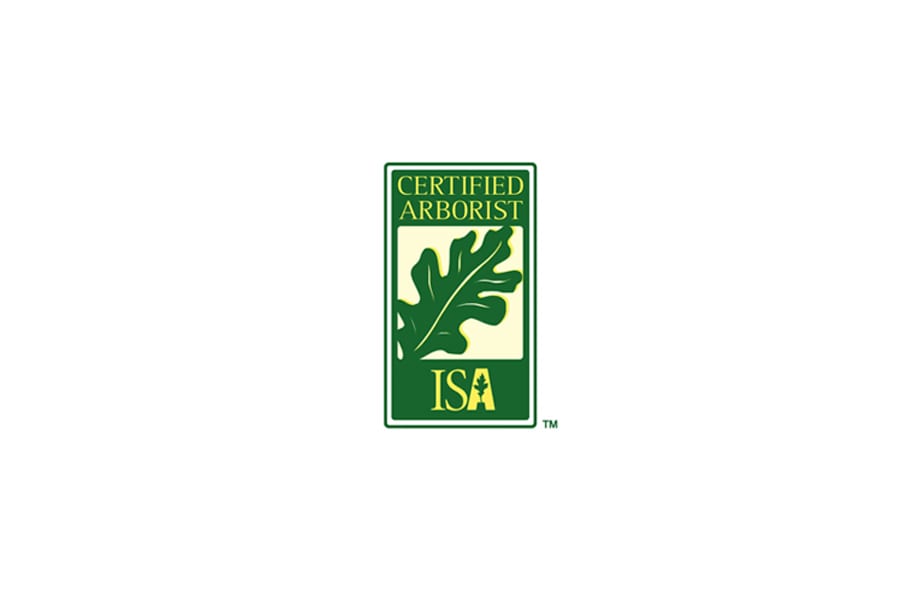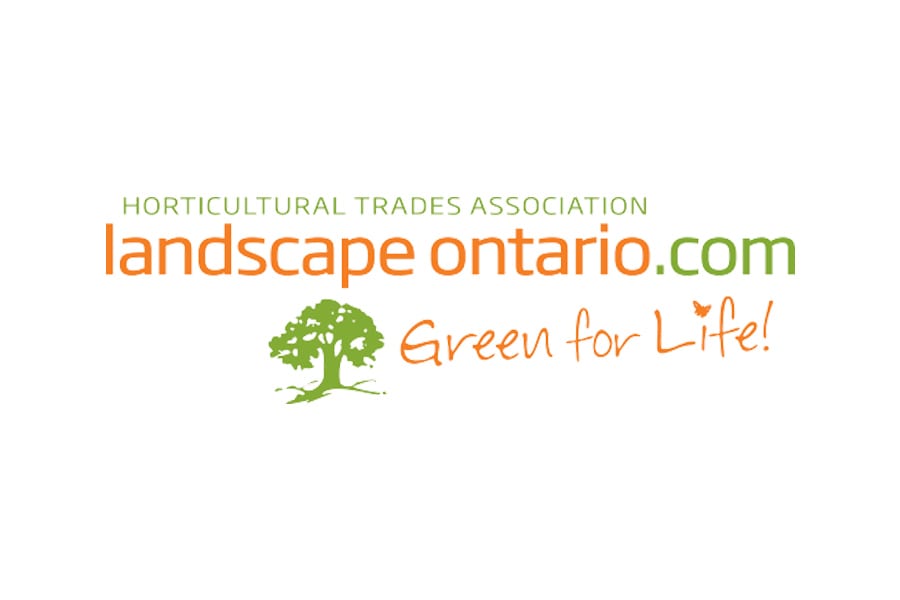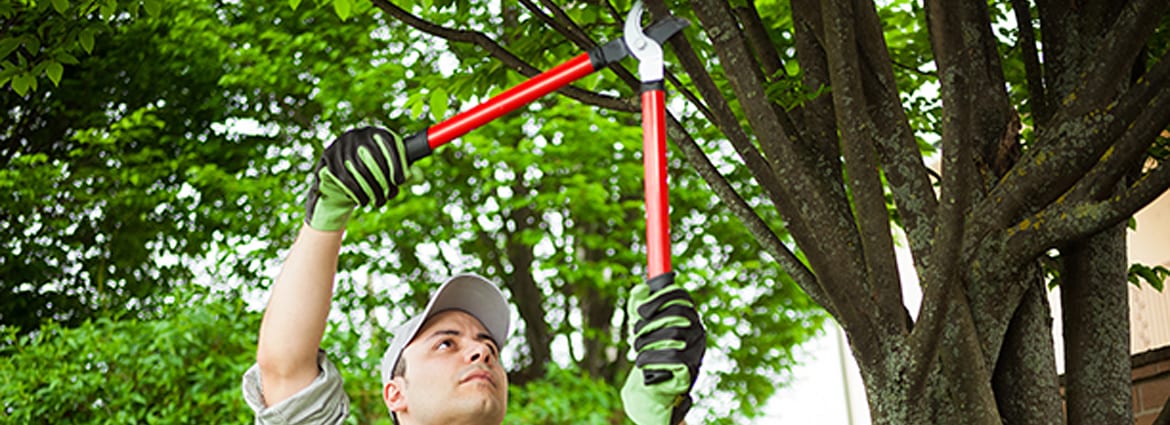
- Jul 10, 2017
- Dreamworks Tree Services
- Tree Pruning
- 0 Comments
Suggestions for Proper Pruning of Small Trees and Shrubs
Tips from Tree Care Professionals on How to Safely and Correctly Prune a Tree
When homeowners plant trees and shrubs on their respective properties, their efforts are usually accompanied by expectations that those trees and shrubs will grow and thrive for years. After all, these homeowners invest the time to select what to plant and where to plant it on their property, as well as taking the necessary steps to plant it properly; thus, it would be reasonable to anticipate such an outcome.
Unfortunately, the mere act of planting trees or shrubs does not assure their health and vitality over time. Although they could very well endure solely on what they take from the wind, rain, air, and soil, some regular attention from the homeowner/property owner will undoubtedly help to improve the odds; this intervention, so to speak, includes such activities as watering, fertilizing, soil nutrition – and yes, pruning.
By its definition, tree pruning is a horticultural practice involving the selective removal of certain parts such as the branches, buds, or roots. There are numerous benefits to be gained or derived from pruning small trees and shrubs; the most common would include:
- To refresh visual appeal (aesthetics)
- To improve overall tree/shrub health
- To stimulate new or seasonal growth
- To slow or retard growth/restrict size
- To reshape and/or improve symmetry
- To provide greater penetration of sunlight
- To promote more production from fruit trees
- To remove dead, damaged, or diseased wood
However, the knowledge and acceptance that pruning is a vital step in overall tree care will not be satisfactory; knowing how to prune a tree, especially how to prune/trim a tree without damaging its health (or killing it) is far more important for the homeowner – and for the tree.
Here then are some suggestions, offered by the tree care professionals at DreamWorks Tree Services, on how to prune or trim a small tree, shrubs, and tree branches, based on some of the situations commonly faced by homeowners and property owners.
Flowering Shrubs
- Young shrubs – prune lightly with hand shears to promote thicker growth
- Cut long and unbranched stems just above healthy buds (called ‘heading’)
- Thin out mature shrubs to permit more sunlight, promote growth/flowering
Older and Neglected Shrubs
- Will likely need more extensive thinning/pruning than young, flowering shrubs
- Focus on complete removal of old stems/branches; leave newer growth intact
- Perhaps cut all stems to within an inch of the ground for winter (hard pruning)
- Use loppers or a pruning saw for the latter (full renewal may take three years)
Small Flowering Trees
- Avoid pruning young or newly-planted trees – can affect branch/root growth
- Only remove dead, diseased, or damaged branches or those that cross or rub
Conifers (or how to trim a Christmas tree but not the pre-cut seasonal variety)
- Random-branch (junipers, yews) – trim the same way as flowering shrubs
- Whorled-branch (fir, spruce) – by hand, snip off new growth while still soft
Removing Entire Tree Branches
- Use the following three-cut process to prevent tearing/stripping of any bark
- Cut ¼ through the bottom of the branch, six to 12 inches from the trunk
- Cut through the branch from the top, about one inch beyond the first cut
- Cut off the remaining stub from top to bottom just past the branch collar
While pruning is essential for the growth, health, and/or curb appeal of trees and shrubs, it also needs subtleness in terms of how it is actually done. Reading about how to prune a tree or shrub might make it seem like a simple and straightforward task, but it can be quite complex and time-consuming; this can be further compounded by the fact that the homeowner may not have the proper/complete set of tree pruning tools for each type of the tree and shrub on their property.
For all of these factors, it may be advisable for home and property owners, and for the health of their trees and shrubs, to use a professional tree pruning services provider like DreamWorks Tree Services.
How to Trim/Prune a Large Tree? Consider Professional Spur-Free Tree Pruning
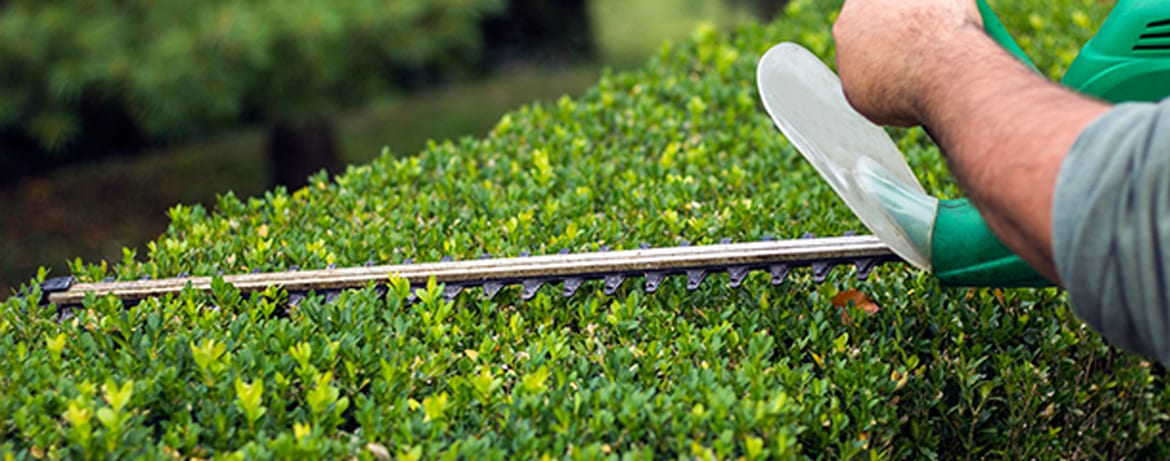 For many of the homeowners and property owners in and around Toronto, one of the more perplexing challenges that they might face will be how to trim a large/mature tree. In addition to any concerns related to working at heights/on a ladder, it is quite probable that they would not have the proper tree trimming tools for such a job; furthermore, it will be important to protect the integrity of the tree, as well as any adjacent trees and/or property, from unwanted harm.
For many of the homeowners and property owners in and around Toronto, one of the more perplexing challenges that they might face will be how to trim a large/mature tree. In addition to any concerns related to working at heights/on a ladder, it is quite probable that they would not have the proper tree trimming tools for such a job; furthermore, it will be important to protect the integrity of the tree, as well as any adjacent trees and/or property, from unwanted harm.
This would indeed be an ideal situation to call upon the services of a professional arborist from DreamWorks Tree Services. This qualified specialist has the know-how and skills to correctly prune or trim a large tree in a safe and appropriate manner, without the use of gaffs or spikes (sharp sheet points) affixed to their boots, thus protecting the tree trunk and bark from temporary or permanent damage; this procedure known as spur-free tree pruning.
Please visit to learn more on how DreamWorks Tree Services is able to prune a tree utilizing this method.
To prune your trees in an efficient manner, without causing residual damage to the trees or neighbouring trees/property, call the specialists at DreamWorks Tree Services today at 647-793-8903 or contact us to request a no-obligation assessment and estimate.







